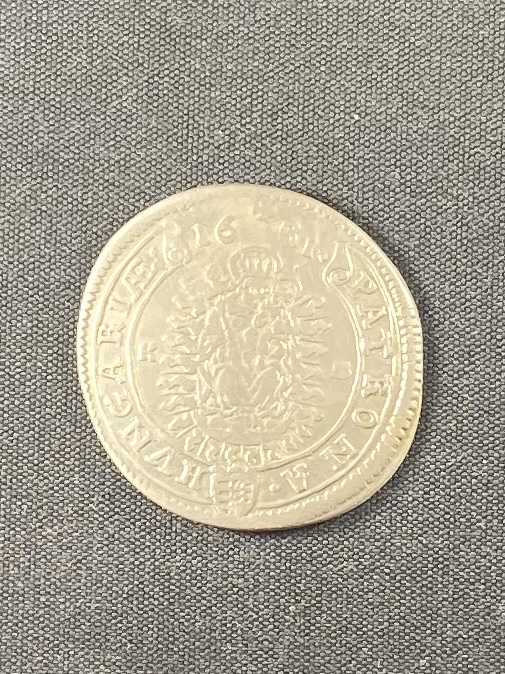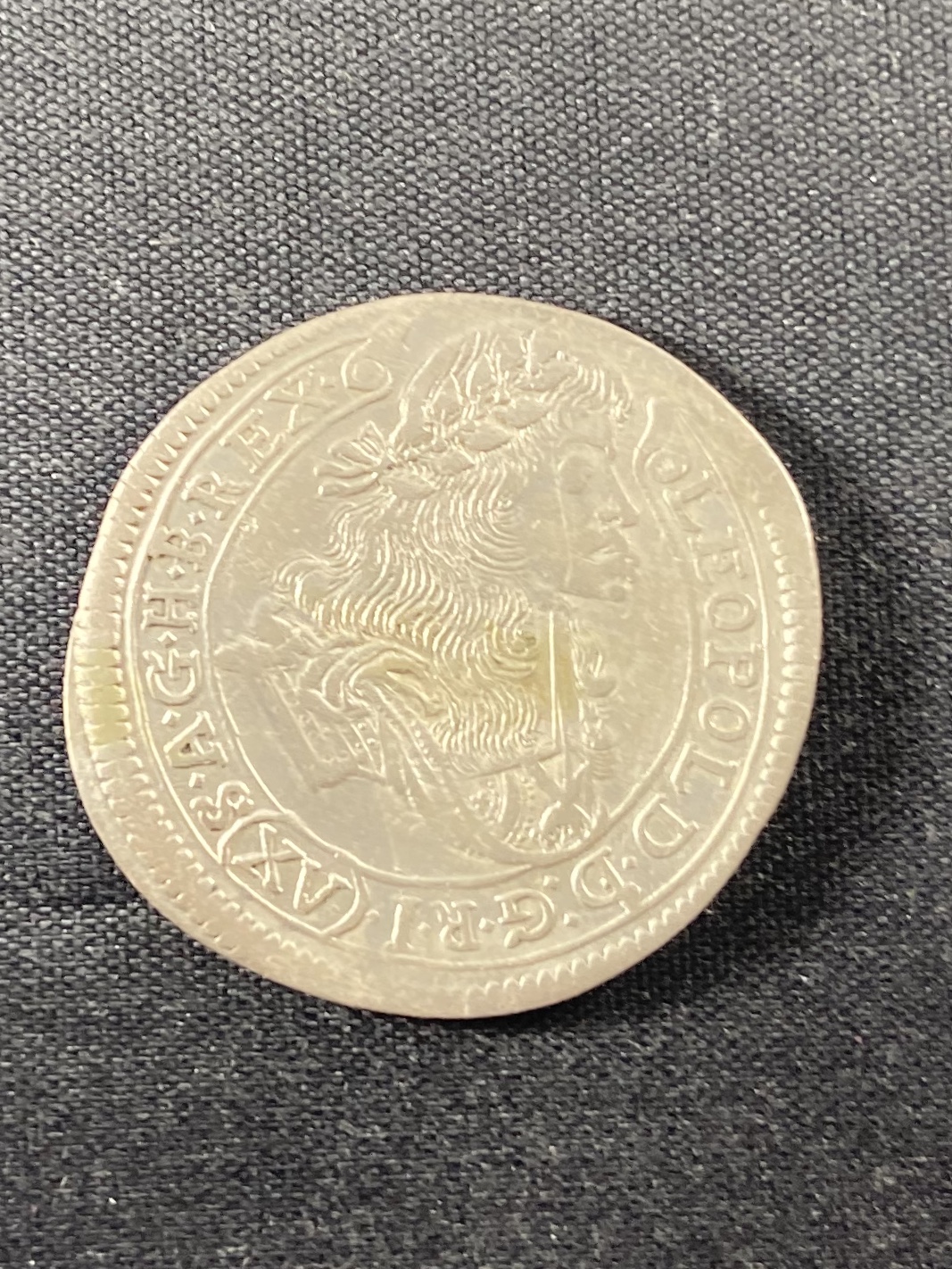Another numismatic bucket list was checked off when we visited the Hungarian National Museum’s numismatic collection. This time, again, we traveled with the family. I kept putting it off, as I was traveling to Hungary quite often and I thought I’ll always have time for it. I wish I have started with this museum.
Before the trip, I contacted Dr. Csaba Toth, the director of the coin collection to ask him to provide us with a hands-on introduction of the collection. He immediately got back to me, and even though it was at a short notice, offered us a flexible schedule to visit the museum.
When he greeted us at the front desk, he agreed to speak English so that the entire family could benefit from the tour.
The numismatic collection was established in 1802, with the donation of Count Ferenc Szechenyi. It consisted of approximately 2500 coins. Today, the collection has over 300000 objects, initially through donations, more recently also through purchases and archeological finds.
We spent about two hours at the museum, where Dr. Toth showed us probably more than 50 objects.
I was primarily interested in older Hungarian coins, as I always prefer to get an understanding of local numismatics.
First we looked at some of the oldest Hungarian coins, a coin from the reign of St. Stephen, and a Charles Robert golden forint. The St. Stephen coin was relatively high relief, and very tactile, I wouldn’t have guessed it was a thousand years old.
Then we looked at a few coins from the 16th century. I learned that the first coin with a date was minted in 1499.
We checked a Turkish Akche coin with the press they used to produce it. The press consists of two bars ending in round shapes with the obverse and reverse of the coin.

From the same era, we looked at a Leopold 15 Kreuzer, which felt like it was slightly bent. We had a chance to view the press they produced the coin with, which is a cilindrical shape, so the bend in the coin is deliberate. Later during the trip I had a chance to buy one of these coins.

The spion money was something interesting I never heard about. It is a Krajcar from 1848, which looks like a regular coin, but it can screw apart and a small piece of paper can be hidden in it. It was used to transmit messages during the Hungarian revolution and freedom fight. Of course I wanted to get one. In the coin store later I learned that sometimes they have one available, and the price starts around $400.
Another unique coin was a coin designed for the short lived republic in 1919. In Hungarian it is called Tanacskoztarsasag, Wikipedia translates it as Soviet Republic. This coin was not used, as the republic only existed for 133 days.
After looking at coins, we checked a cash register from the 1920’s, which was made of wood, and there are different size grooves for the different coins.
One of the most interesting things was when we could touch the original Nobel Prize of Gyorgy Hevesi.
Then we looked at the 25th anniversary of Franz Josef’s gold coronation medal. Only one was made of gold which is currently at the museum, other ones are made of copper and silver.
We also looked at some other miscellaneous coins from Egypt, China, and from some other countries.
This list doesn’t really express how exciting this visit was. First of all, looking at amazing things for two hours was rather difficult to process and remember. The same day I recorded everything I could remember, which is much more than what I listed here, and probably much less than what we had a chance to touch. This is always the dilemma at museums, should I enjoy the experience, or take good notes. This time, I tried to combine the two, I think I made a good decision.
I would like to thank Dr. Csaba Toth for this amazing visit, and his interesting explanations and selection of numismatic materials.

